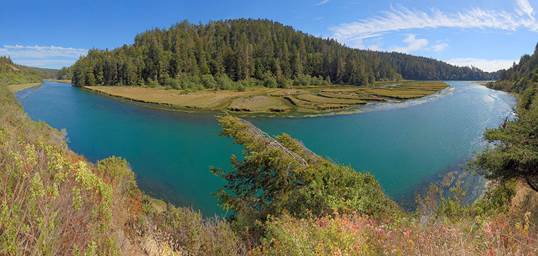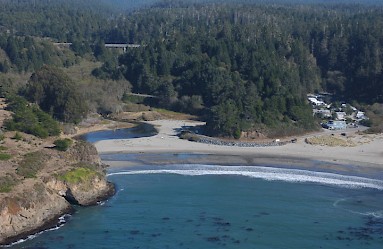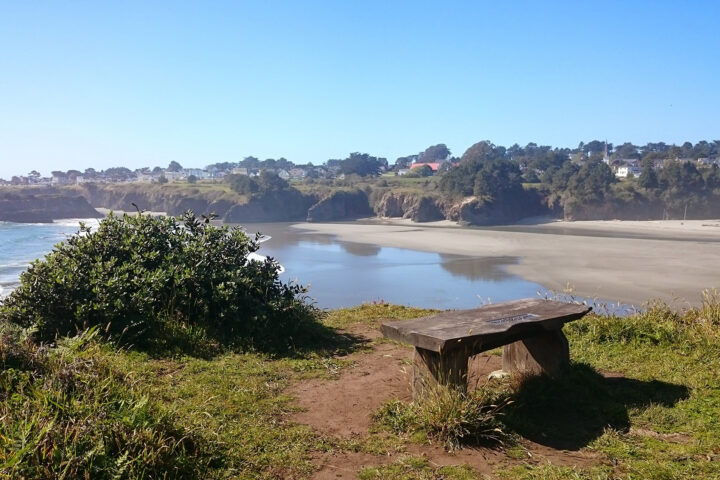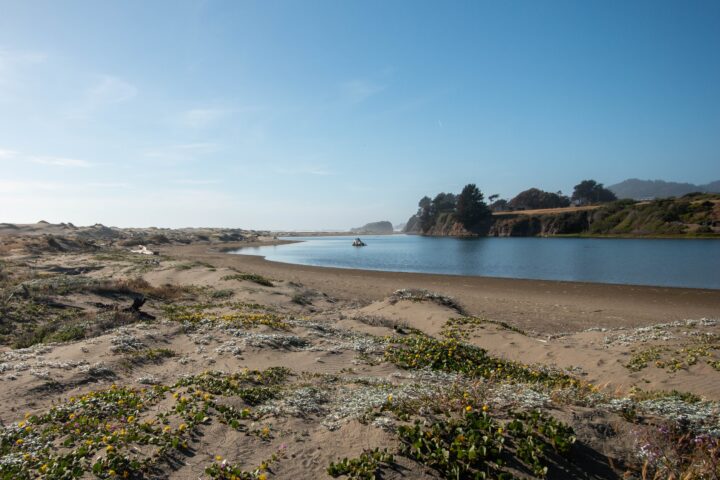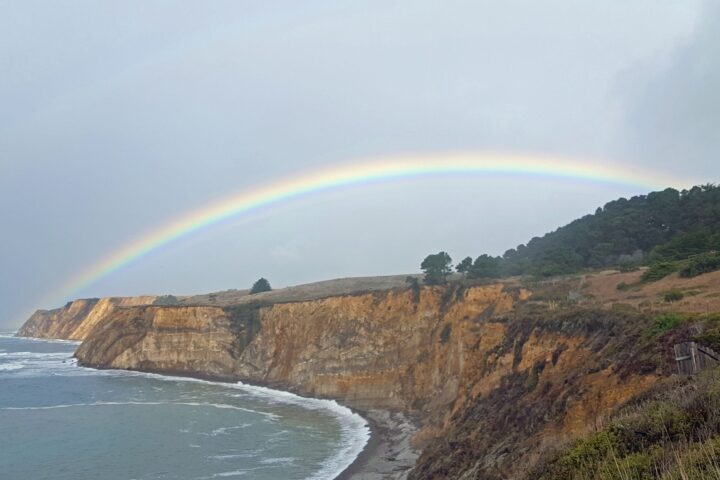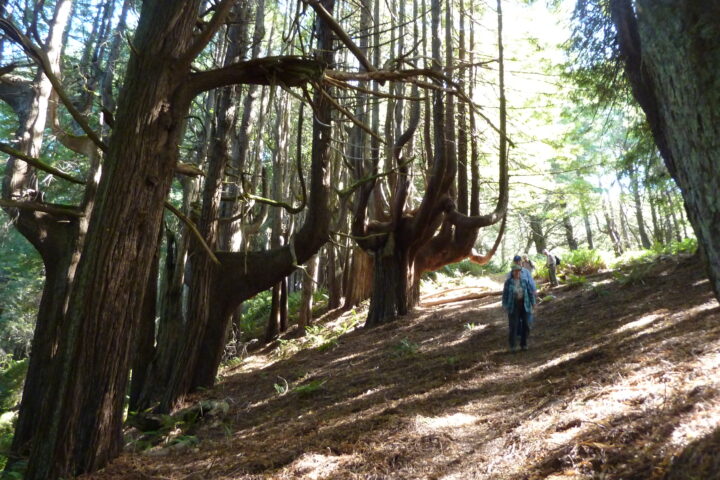Trail Projects
Big River Estuary and Watershed
Mendocino Land Trust, with terrific community support, has protected hundreds of acres of coastal lands from logging or development and…
Caspar Beach, Headlands, and Uplands Trail
For decades, Caspar Beach has provided local residents and visitors a great opportunity for surfing, beach walking, birding and picnicking.…
Coastal Public Access Easements
Mendocino Land Trust made history in 1996 when it accepted a public access easement to open the Mendocino Bay Viewpoint.…
Old Smith Ranch and Trail at Ten Mile
Mendocino Land Trust, in partnership with The Conservation Fund, State Coastal Conservancy, Nature Conservancy, and the Smith/Perry family, worked to…
Pelican Bluffs and Trail
On Dec. 6, 2013, Mendocino Land Trust purchased a beautiful 73-acre property south of Point Arena from the California Institute of Environmental…
Peter Douglas Trail at Shady Dell
The Peter Douglas trail is located in an area called “Shady Dell.” Shady Dell is located just north of Usal…
Filter
Trail Projects
about trail building
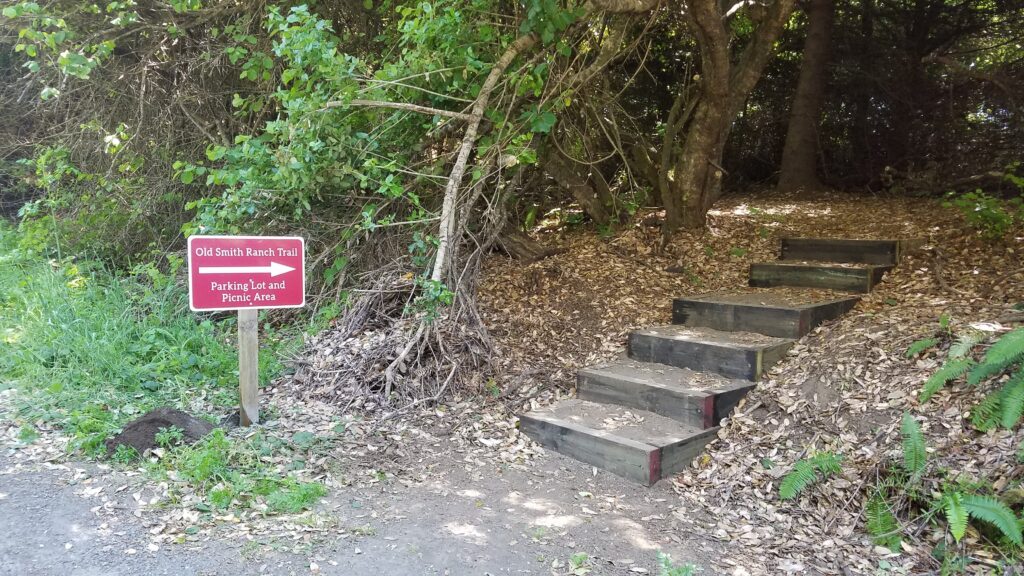
There is a lot more to building a trail than heading out with a truckload of tools and moving dirt around. Nicolet Houtz, Mendocino Land Trust’s Conservation Manager, explains that hundreds of hours of work need to be done before even applying for the required permits, especially when trails are in the coastal zone. A potential trail alignment has to be carefully planned, taking into consideration the topology of the land, seasonal conditions like potential flooding and avoiding negative impacts to sensitive areas like wetlands.
Qualified contractors are hired to complete extensive surveys to identify and document natural resources in the area and evaluate how to minimize negative impacts that trail-building could have on them. These include archeological surveys, nesting bird surveys, amphibian surveys, and botanical surveys. Many of these surveys need to be done at a certain time of year – for example, rare plant surveys must be done in spring when plants are blooming — so the process can easily take a year or more. Sometimes, the presence of sensitive species like the Northern Spotted Owl can place restrictions on when and how work can be done – or even require rethinking where the trail will go.
Once these surveys are complete, an application for a development approval can be filed. Permit approval can take a year or more, and it can take longer if property neighbors or constituents file objections to the plans. Once permits are issued, the Land Trust can apply for construction funding from government agencies, which it may or may not get depending on competing projects.
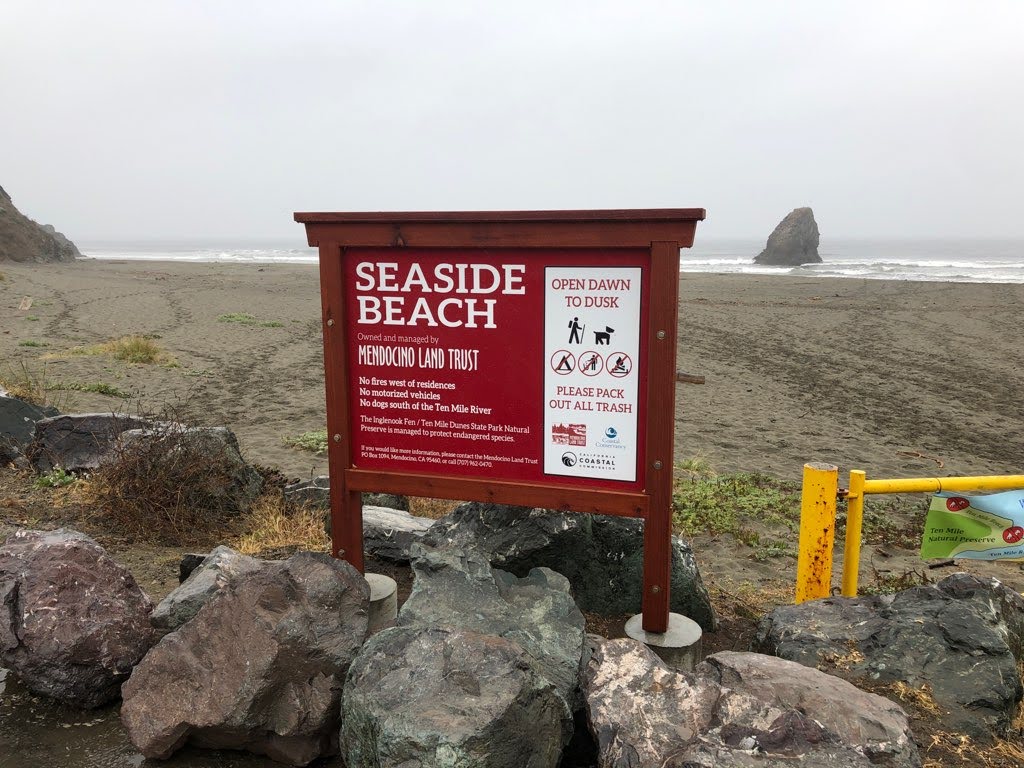
We maintain trails on our coastal properties at Seaside Beach, Hare Creek Beach, Navarro Point and Old Smith Ranch. All of these places are uniquely beautiful, offering trails to one-of-a-kind beaches and opportunities for ocean, wildlife and wildflower viewing, as well as open space areas for all to enjoy.
The Mendocino Land Trust designs, plans, builds and maintains trails up and down the Mendocino Coast, in and near the communities of Westport, Fort Bragg, Caspar, Mendocino, Little River, Albion, Elk and Point Arena. For more information and to find these trails, we have a web-based trail guide for your use, as well as a printable version of our trail map. We want as many people to get out and experience our trails as possible.
Some of these trails are on property owned by the Land Trust, while others are within public access easements that we hold on private property. Most of these public access easements were required by the California Coastal Commission as conditions of coastal development permits. Mendocino Land Trust holds 93 such public access easements.
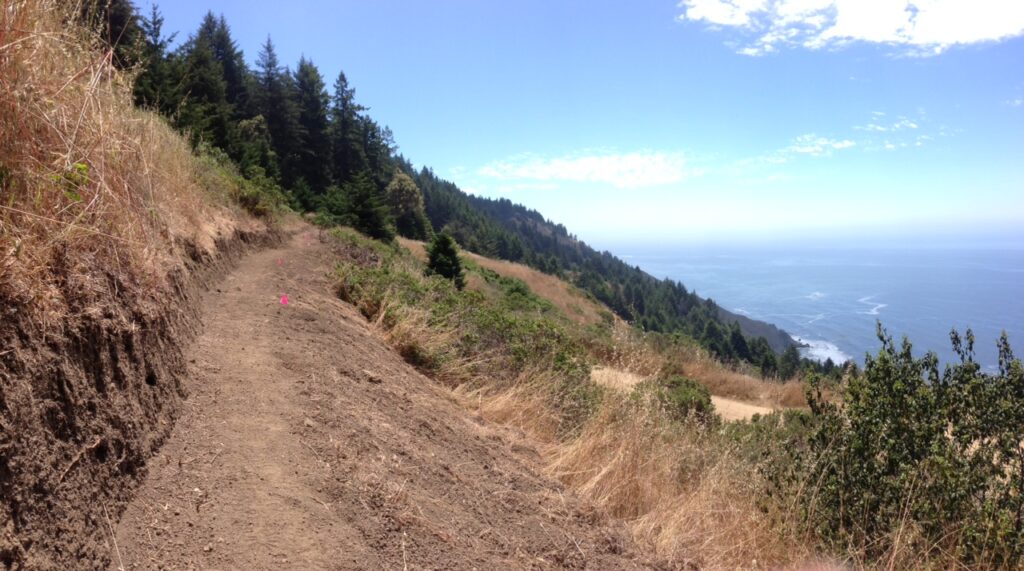
Our trails program is always looking forward — we want to provide you with even more opportunities to explore the coast. It takes time to identify potential trail and conservation opportunities, and we use our coastal trail strategic plan to help us plan our next steps. Once we identify a good trail project, we work with the State Coastal Conservancy and other groups to secure funding.
There are three distinct phases of every coastal trail project:
(1) Trail design, planning and permitting. In this phase, we figure out where the trail will go and apply for and secure the necessary permits. This phase can take two to three years.
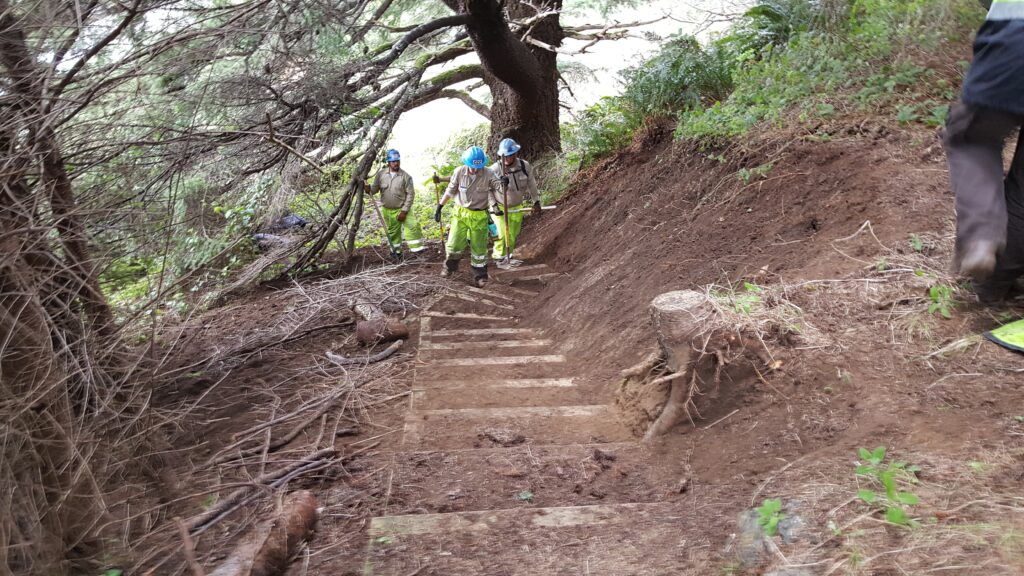
(2) Trail construction. We work with youth crews to construct the trail (usually the California Conservation Corps). Professional contractors are also often used to construct MLT trails. This phase generally takes up to six months, depending upon the complexity and remoteness of the trail segment.
(3) Trail maintenance and stewardship. Once the trail exists, we have to take care of it — forever! This takes time and costs money.
 OPEN IN GOOGLE MAPS
OPEN IN GOOGLE MAPS